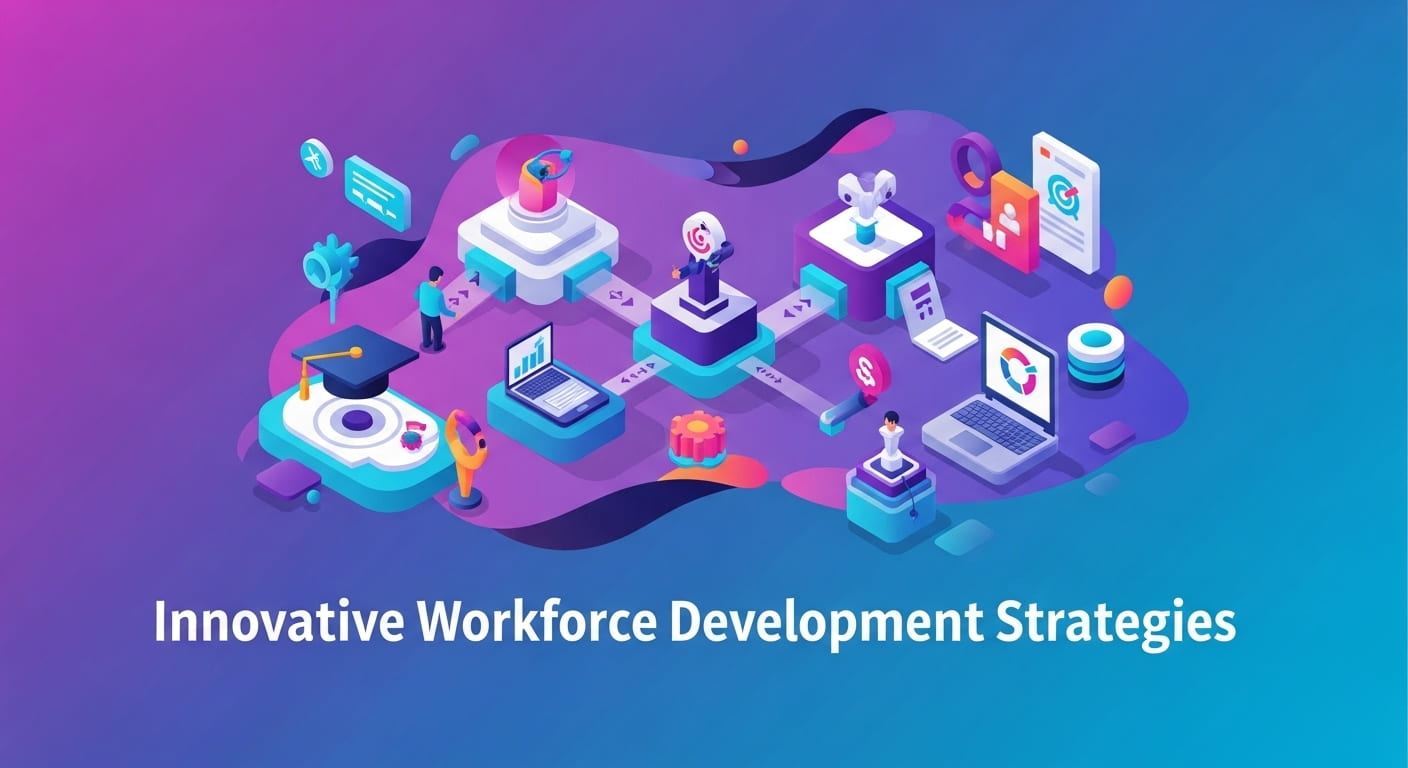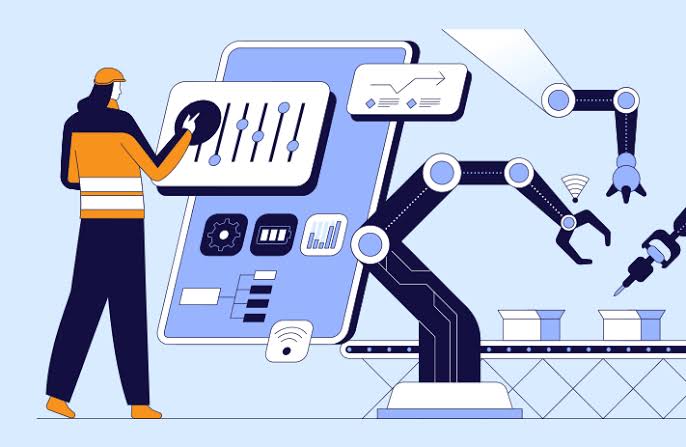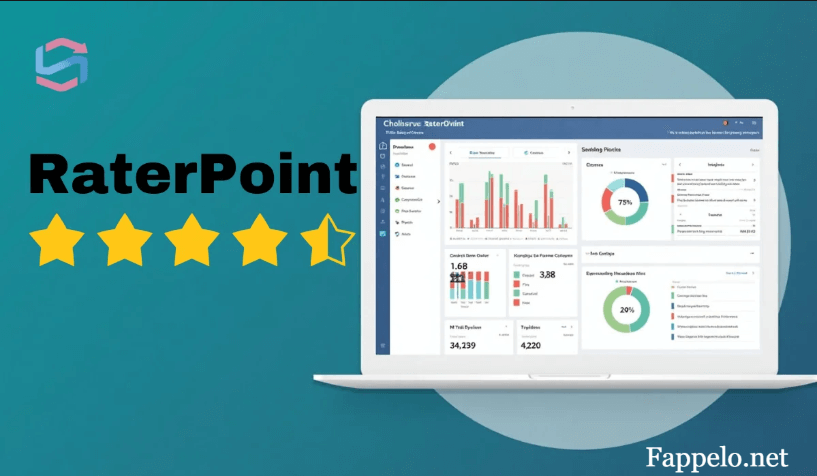What if the future of work isn’t about degrees or job titles but about what you can do? In a rapidly changing world, businesses and workers must adapt or risk falling behind. Whether you’re an employer, educator, or job seeker, understanding the new rules of workforce development is key.
This article dives into innovative strategies that are reshaping how we learn, hire, and grow. The future of work isn’t coming- it’s already here, and it’s calling for bold change.
Skills-First Hiring
Skills-first hiring puts a person’s abilities ahead of their past job titles or degrees. Employers focus on what a worker can do, not where they went to school. This strategy matches talent with jobs fairly and efficiently.
It also opens doors for people from different backgrounds. Many skilled workers lack traditional credentials yet perform well. This approach helps fill roles faster and boosts diversity in the workplace.
Micro-Credentials and Digital Badges
Micro-credentials may be broader than just short training courses, encompassing various forms of skill validation and recognition. After completing one, a person earns a digital badge to show what they learned. These badges are often used in tech, business, or healthcare fields.
They are quick to earn and often cost less than a college class. This makes them ideal for workers looking to upskill fast. Employers use them to see if a candidate has the exact skills they need.
Apprenticeships and Earn-and-Learn Models
Apprenticeships have a long history of allowing individuals to earn while they learn, specifically in established trades, enhancing their skills and employability. These programs combine hands-on work with classroom instruction. They are popular in areas like healthcare, construction, and technology.
Earn-and-learn models provide genuine job experience from day one. They offer excellent opportunities for those looking to avoid student debt. Many apprentices are hired full-time after completing their training.
Employer-Education Partnerships
These partnerships unite schools and businesses to create improved training programs. Employers share what skills they need most. Schools then build those into their classes and certifications.
This helps students graduate ready for real-world jobs. It also keeps training aligned with changing industry demands. Local companies benefit from hiring graduates familiar with industry requirements, increasing job readiness.
Community-Driven Solutions
These solutions involve local leaders, schools, and employers working together. They design job programs based on what the area needs. This makes the training more useful and targeted.
Numerous policy-focused organizations support this grassroots approach. Groups like Arnold Ventures help fund research and pilot programs that aim to build smarter local systems.
When communities shape their workforce plans, the results significantly improve. Programs fit local industries and job seekers better. Trust grows when everyone has a voice in the process.
Build Skills and Shape Futures
Workforce development is no longer a one-size-fits-all approach. It requires creativity, collaboration, and courage to adopt new approaches. The strategies shaping today’s workforce are people-centered, fast-moving, and deeply connected to real-world needs.
By embracing innovation, we create a future where everyone has a chance to thrive. The time to rethink how we train and grow our talent isn’t tomorrow; it’s right now.
Did you find the information in this article helpful? If so, be sure to check out our blog for more valuable resources.



